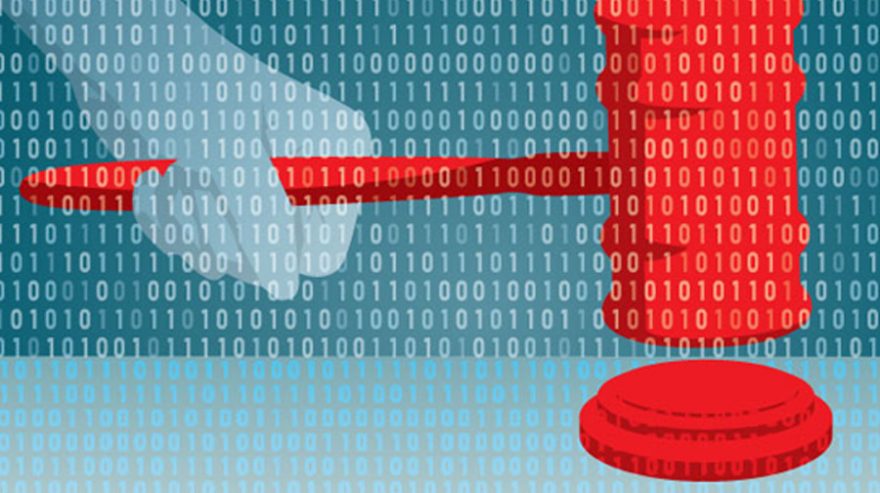Districts Looking for New Guidance on AI, and Tech Equity, From States

As the rapid emergence of ChatGPT raises new questions about the power and drawbacks of artificial intelligence, many states are seeing a growing demand from school districts for guidance on the technology’s use in the classroom.
But federal and state initiatives around AI are lagging behind the newfound interest, a new survey finds.
According to the recently released 2023 State EdTech Trends report, 55 percent of the more than 100 state officials surveyed say they see an increasing demand for support or policies around artificial intelligence compared to last year.
Yet only 2 percent of respondents say their state has an AI initiative in place.
“State leaders can’t shy away from change, or the technologies that bring it about,” said Kirsten Baesler, superintendent of public instruction for the North Dakota Department of Public Instruction, in the report, “That’s not an option for the students we serve, whose future success depends on their ability to thrive in an ever-changing, technology-rich world.”
The report, released by nonprofit State Educational Technology Directors Association in collaboration with Whiteboard Advisors, looks at the types of ed-tech policies state education agencies have adopted, and the ongoing technology challenges states face, since schools and society were set back by COVID-19.
Respondents — which include SETDA members, state superintendents, and other senior state officials from all 50 states — laid out the biggest challenges and areas of ongoing need in educational technology, including cybersecurity, access to internet, and funding, in addition to more AI policies.
“This report signifies the uniqueness of this moment in time as school systems emerge from the pandemic into a technology-rich new normal rife with opportunity but also risk,” said Julia Fallon, executive director of SETDA, in a statement.
It’s a much different picture than the organizations’ first trends report painted a year ago. In the fall of 2022, school districts were still transitioning back to fully in-person instruction.
“Last year’s needs have become this year’s priorities,” Fallon said, “and states are making progress in addressing these challenges.”
Cybersecurity, Tech Equity Are Big Concerns
The survey shows that state ed-tech officials’ top priorities this year are improving student academic performance and recruiting and retaining educators as school districts are reckoning with the long-term impacts of the pandemic and federal relief funding that previously bolstered ed-tech purchases comes to an end.
It also captured some progress in addressing cybersecurity threats, a challenge that respondents ranked as their state’s top technology priority.
A year ago, many of the state officials said either their state education agency or at least one school district was targeted by a cyberattack or threat. But few, only 6 percent, said their state provides ample cybersecurity funding.
In 2023, more state leaders, though still a minority — 19 percent — say they have ample funding for cybersecurity mitigation. At the same time, 42 percent of those surveyed indicated that their state provides a small amount or very little funding for cybersecurity.
“Improving K-12 cybersecurity posture has become an issue of resources and equity,” said Brad Hagg, director of education technology at the Indiana Department of Education, said in the report.
“Under-staffed districts and communities without access to a pipeline of cyber-specialists will struggle to meet the requirements, often dictated by insurance companies, as well as the best practices necessary to implement a strong cybersecurity threat mitigation program.”
Other key takeaways from the report:
- Improving equitable internet access remains one of state officials’ top technology challenges. Twenty percent of survey respondents say it’s a top priority for their state this year.
- Twenty-nine percent of state officials say improving students’ home internet access also remains an urgent unmet need, an increase from 18 percent last year.
- States appear to have made some progress when it comes to providing professional learning for educators on how to use instructional technology tools. Fewer state officials identified this as a top unmet need in 2023, 17 percent compared to 24 percent in 2022.
Follow EdWeek Market Brief on Twitter @EdMarketBrief or connect with us on LinkedIn.
Image by DigitalVision Vectors/Getty
See also:
